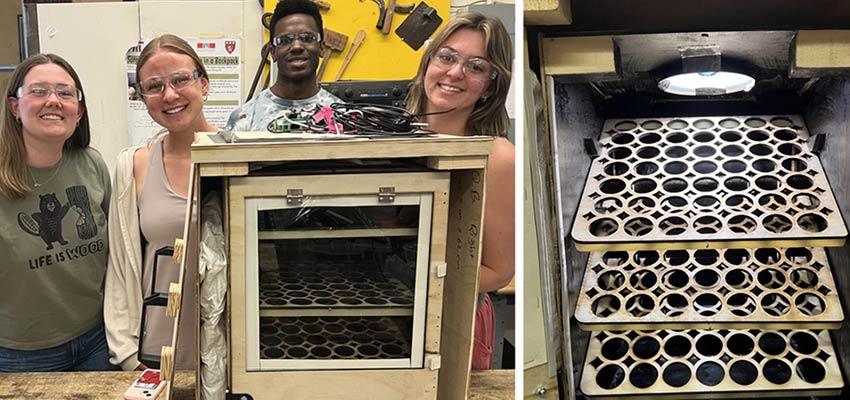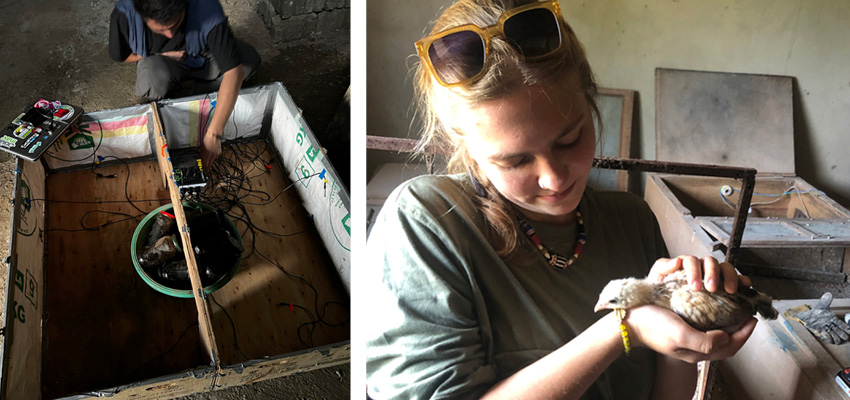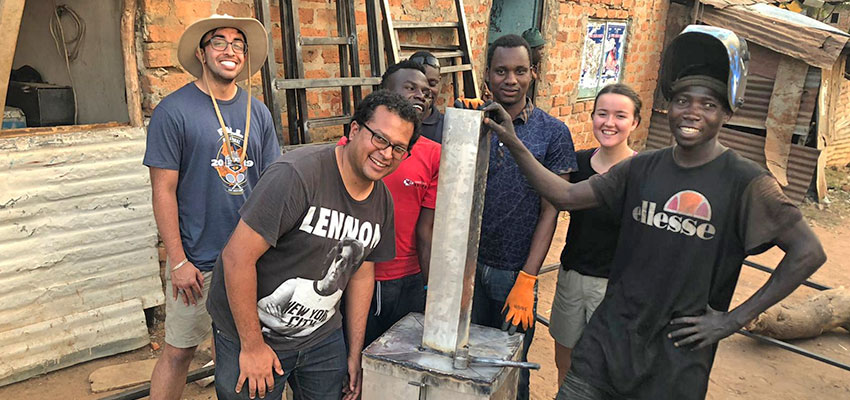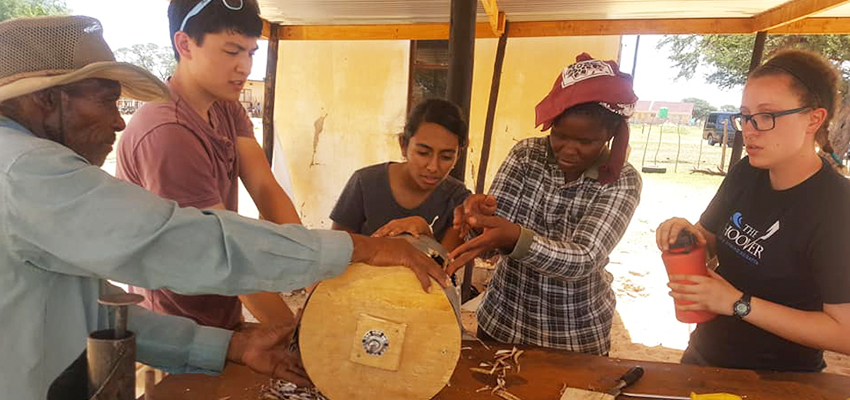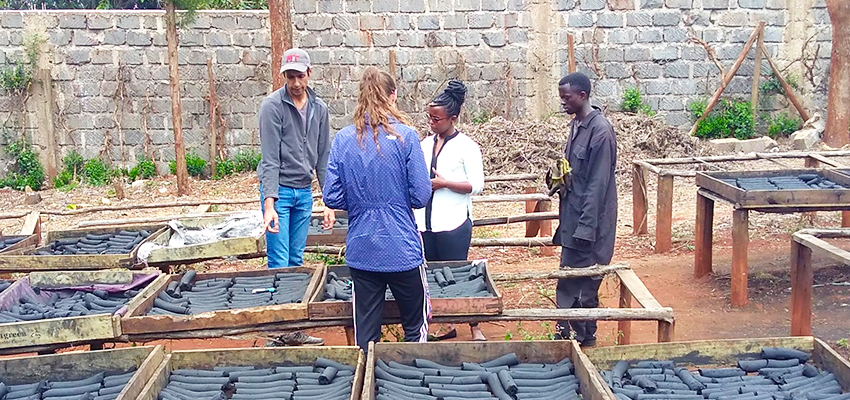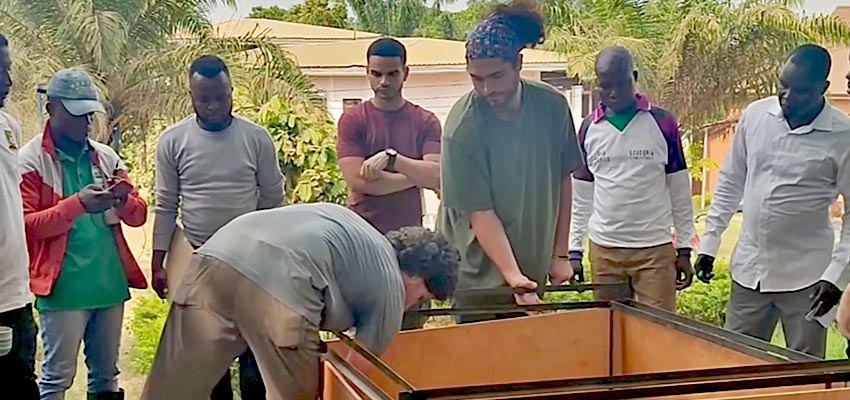
Iteration on past heat exchanger prototypes created by MIT D-Lab teams to create a functional high-temperature heat exchanger that can use charcoal briquettes to effectively dry jackfruit in Uganda.
Student team
- Maggie Liu, ‘24
- Yan Zheng, ‘24
- Kevin, ‘23 Harvard
- Nirmal Bhatt, S.M. ‘24 Technology and Policy Program
- Brooke Jin, Technical Associate
- Tongge Yu, ‘23
Community partners
- Betty Ikalany, Executive Director, Teso Women Development Initiatives (TEWDI Uganda)
- Betty Ikalany, CoFounder & CEO, Afya Sili Fruits, Limited
Location
Soroti, Uganda
Context and problem framing
The Teso Women Development Initiatives (TEWDI) in Uganda operate a fruit drying business named Afya Sili Fruits Limited, which sells dried fruits and vegetables. The business creates a market for farmers in Uganda to sell their produce, thus increasing their incomes and leading to the area’s development. Drying produce is important in Uganda, as it preserves fruits and vegetables. According to the WFP, up to 40% of produce in Uganda is lost to waste, and drying produce can combat it.
Currently, Afya Sili uses solar dryers to meet the demand for dried fruit. However, the solar dryers are unable to keep up with rising demand, so Afya Sili is looking for a more efficient and effective way to dry fruit. Industrial dryers, while effective at drying large quantities of fruit, are too expensive, so Afya Sili is looking for an affordable, alternative method to increase the quantity of fruit dried and decrease the time taken to dry fruit. Currently, their business is selling fresh fruits, as they are unable to meet demand for dried fruits and are thus missing out on crucial revenue. MIT’s D-Lab teams have been tasked with assisting Afya Sili in creating an affordable fruit drying system that can effectively produce good-tasting dried fruit in large quantities and a short amount of time.
Solution
The project centers around building a heat exchanger prototype that relies on a charcoal briquette-based stove to generate hot air that can dry fruit effectively. This is an affordable and familiar solution, as TEWDI produces biomass-based stoves, so in-house production and experience with biomass-based heating systems make this approach an exciting prospect.

Throughout this semester, the team has focused on drying jackfruit, conducting a literature review to analyze potential designs, testing past prototypes to ensure they match standards, and iterating on the design to hit desired targets. Our most recent design uses a computer fan which blows air through a steel pipe (contained in a bucket) allowing clean, hot air to blow over fruits and lead to effective fruit drying.
Our experiments have varied fan speed, pipe geometry, and materials. Our current design generates high-temperature air (approx. 80 °C) flowing at 3 m/s, and it has the potential to dry 60-80 kg of dried fruit in a day (TEWDI’s requirements). The design uses materials such as steel that are easy to source in Uganda, and the simplistic nature of the design makes it easy to manufacture.
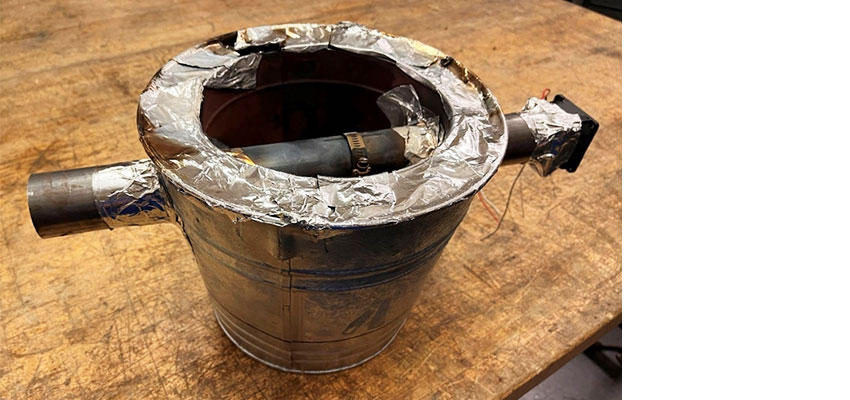
Next steps
Future work can include exploring different prototypes that alter material properties or parts of the design to further improve the longevity of the system. Additional tests that focus on drying fruit instead of the time-limited temperature tests run this semester are also necessary to see the ability of the heat exchanger to adequately dry fruit. In the future, teams can explore scaling up the solution to meet rising demand of dried fruit, and travel to Uganda to assist TEWDI in manufacturing and implementing this solution on the ground.
MIT D-Lab Class
Applications of Energy in Global Development
Contact
Dan Sweeney, Research Scientist, Lecturer, D-Lab
Nirmal Bhatt, Student Team Member


